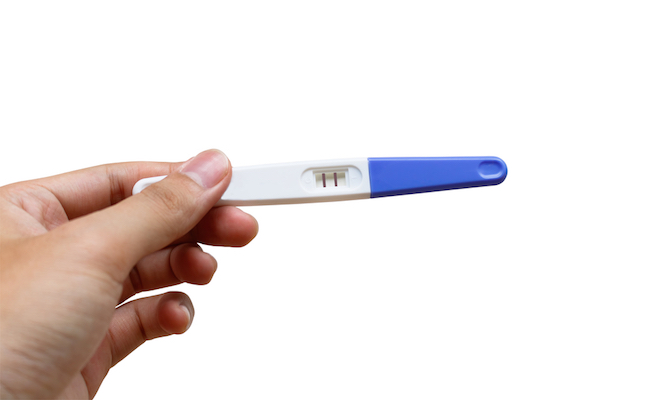
Nowadays, when a woman suspects she is pregnant, it’s normal for her to take a home pregnancy test before even getting confirmation at her doctor’s office. But in 1967, when pharmaceutical product designer Margaret Crane designed the first at-home pregnancy test, her bosses resisted developing the product for a variety of social and political reasons.
Friday’s opinion section of the New York Times focuses on Crane as the woman responsible for this groundbreaking innovation, although she kept her involvement secret for decades. Crane worked on the home pregnancy test prototype before Roe v. Wade made abortions legal throughout the United States, and when 26 states banned single women from getting birth control. The article has a description of Crane’s prototype, which would allow a woman to make a decision about her own pregnancy without pressure or control from anybody else:
That night Ms. Crane, a real-life Peggy Olson, started building her own prototype, eventually coming up with a sleek and user-friendly version of what she’d seen in the lab. Inside a clear plastic box that had been holding paper clips on her desk, Ms. Crane fitted an eyedropper, along with a test tube that sat just above a mirror. The customer would squeeze a few drops of urine into the tube, and then peer through the transparent wall of the box at the mirror. In its reflection, she could watch the bottom of the test tube, where a compound was reacting with the drops. If, in two hours, a red circle appeared, she was pregnant.
Of course, when Crane told her managers about the model, they gave her a litany of reasons why they wouldn’t produce her product, all of them having to do with keeping doctors in business, and because women can’t handle being in charge of their own reproductive health. Here’s specifically how they reacted:
Ms. Crane brought her model to work and begged her managers to consider her idea.
They all said no. The company’s market was doctors, and doctors would hate this product that made their services seem less necessary. On top of that, her managers seemed terrified by scenarios in which hysterical women killed themselves. “What if a senator’s daughter, unmarried, found she was pregnant and jumped off a bridge?” one asked. “The company would have to go under for that.”
Barely implicit in that scenario is that women were apparently too emotional to handle information like this, even if it was about their own bodies.
Of course, her male bosses later decided to develop a home pregnancy test “on their own,” without her input. But when she heard of them meeting to discuss design ideas, she snuck her prototype in. Her model ended up being the most reliable for the customer, and she was listed as the inventor on the patent. However, she had to sign away her rights for $1 and then kept silent about her role in inventing the home pregnancy test until now. The test first went on the market in Canada in 1970, and after much resistance, in the United States in 1977.
After reading a previous New York Times article about the history of the pregnancy test (written by the same journalist as this piece, Pagan Kennedy), Crane decided to go public, auctioning off her prototype to the Smithsonian. She did this so that her memories of developing the test and how hard it was to get it produced wouldn’t be lost. It’s good that Crane came out with her story, to take credit for something that has helped so many women and to show how hard-won reproductive rights have always been in this country.
(Via New York Times)






